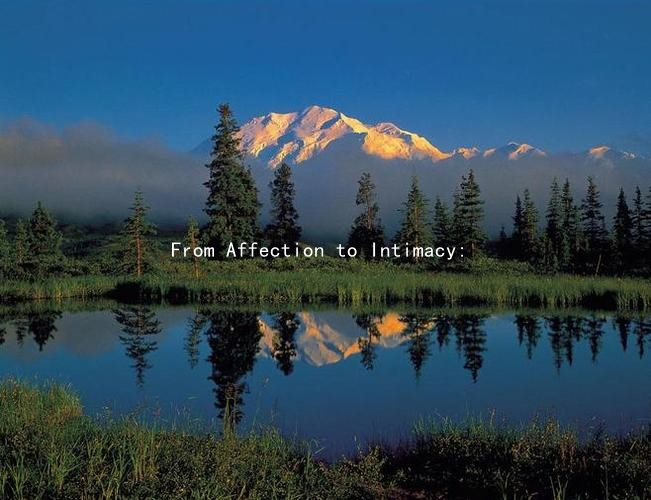The Role of Culture in Shaping Sexual Desires and Expectations
The interplay between culture and individual sexual desires is a fascinating and complex phenomenon that significantly influences relationships and expectations in the realm of marriage and dating. Each culture nuances how people perceive romantic partnerships, impacting everything from courtship rituals to sexuality norms. Understanding these cultural dimensions can enhance communication and foster deeper connections between partners.
At the heart of this cultural influence is the concept of socialization. From a young age, individuals are exposed to the values and beliefs of their families and communities, which shape their understanding of love, attraction, and sexuality. For instance, in collectivist societies, there is often an emphasis on familial approval and long-term commitment, affecting individuals’ expectations in relationships. On the other hand, in more individualistic cultures, personal autonomy and self-fulfillment may take precedence, leading to different approaches to dating and marriage.
Cultural narratives also dictate what is considered attractive or desirable in a partner. In some cultures, physical appearance may play a pivotal role in initial attraction, while in others, traits such as kindness, intelligence, or financial stability might be prioritized. Thus, understanding what your partner values in a relationship based on their cultural background is crucial. This knowledge not only helps in navigating initial attraction but also sets realistic expectations for maintaining desire and intimacy throughout the relationship.
Moreover, the role of gender norms within different cultures can significantly influence sexual desires and behaviors. Traditional gender roles often dictate how men and women express their sexual needs and desires. In some cultures, men might be encouraged to be assertive and dominant, while women may be socialized to be more passive or nurturing. These expectations can lead to misunderstandings and conflicts in relationships, particularly when partners come from different cultural backgrounds or when evolving social dynamics challenge these traditional roles.

Communication is another crucial aspect significantly shaped by culture. How couples express their desires, approach intimacy, and discuss sexual matters can vary widely. For instance, in some cultures, open discussions about sex are encouraged, leading to more straightforward communication about needs and preferences. In contrast, cultures that view sex as taboo may lead individuals to struggle with discussing their desires openly. This lack of communication can create barriers to intimacy and understanding, leaving partners feeling disconnected from one another.
Understanding the cultural context of sexual desires and expectations does not mean reducing individuals to a set of stereotypes. Instead, it highlights the importance of sensitivity and awareness in relationships. Partners can benefit immensely from exploring each others cultural backgrounds and how these influence personal experiences and desires. This journey of mutual discovery can deepen emotional intimacy and improve sexual satisfaction.
Finally, as societies become increasingly multicultural, couples may find themselves navigating various cultural influences simultaneously. In such contexts, it becomes essential to cultivate an attitude of respect and openness, recognizing that differences can enrich the relationship rather than detract from it. Engaging in conversations about how culture shapes desires and expectations can pave the way for a more fulfilling and harmonious partnership.
In conclusion, the role of culture in shaping sexual desires and expectations is profound and multifaceted. Couples that embrace this complexity and engage in open dialogues about their backgrounds, values, and desires are likely to find greater satisfaction and understanding in their relationships. By recognizing the cultural dimensions of love and intimacy, partners can create a rich and healthy relational tapestry that honors both diversity and connection.





